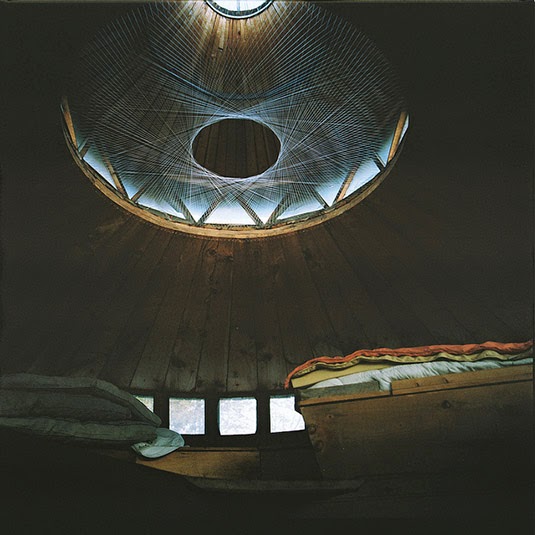 [Image: Photo by A. William Frederick].
[Image: Photo by A. William Frederick].
While on a quick trip to Maine last week—on the hunt for some badly needed R&R—and following a friendly tip from writer Peter Smith, my wife and I very nearly made the long hike out to visit these incredible structures designed by the late Bill Coperthwaite. Imagine a remote coastal peninsula dotted with extraordinary circular structures, all broadly described as yurts, and you can begin to picture the somewhat otherworldly scene.
That’s Coperthwaite himself, seen in the photo, below, taken by A. William Frederick.
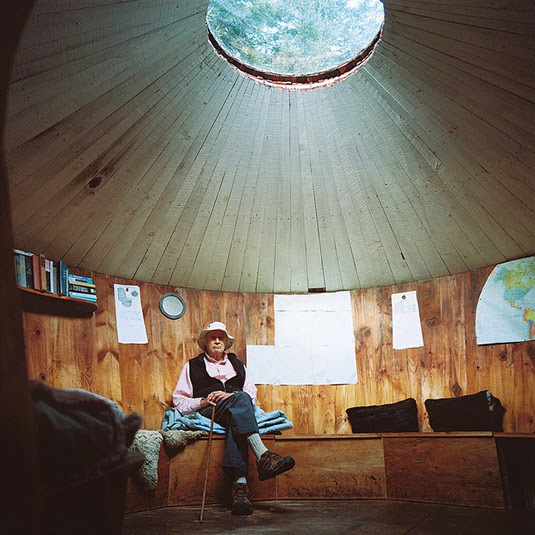 [Image: Photo by A. William Frederick].
[Image: Photo by A. William Frederick].
The actual buildings are found near the coast, at the end of a hiking-only route found broadly south-southwest of Machiasport, way out near the Canadian border.
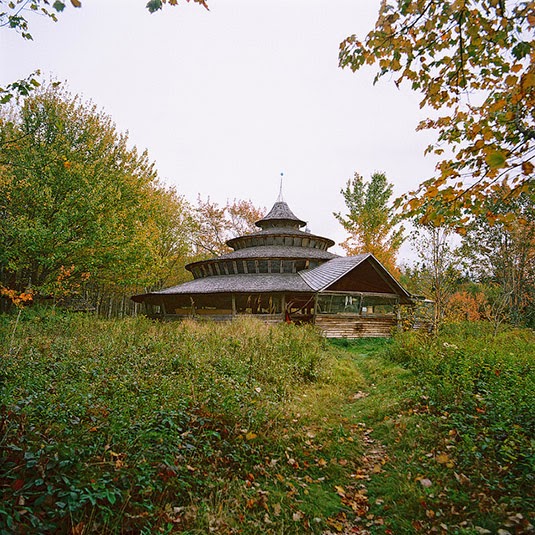 [Image: Photo by A. William Frederick].
[Image: Photo by A. William Frederick].
We were very close, in retrospect, and should probably have made the effort—but, alas, that’s the way things go.
Nonetheless, I thought I’d link to a great write-up of the yurts by photographer A. William Frederick, who made the trip before Coperthwaite passed away, and took some incredible photographs in the process.
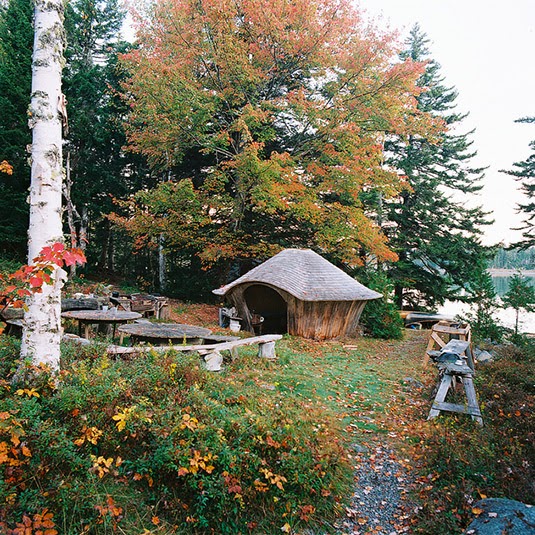
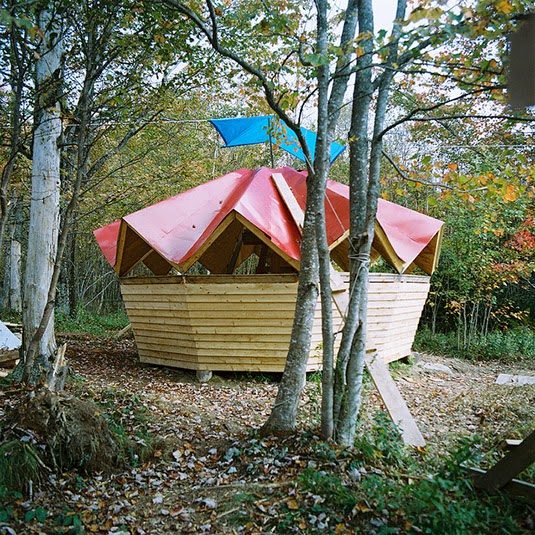 [Images: Photo by A. William Frederick].
[Images: Photo by A. William Frederick].
All the structures date back to Coperthwaite’s fortuitous purchase of 300 acres of coastal land from the region’s logging companies. Here is Frederick’s description:
In 1973 the ocean front of Northern Maine was a different place. Clearcut, infertile, and hours from even the most minor convenience, the land was not widely considered desirable. At the time, Bill heard the logging companies were offering land in Machiasport at six dollars per acre. He bought 300, which seemed outlandish and selfish to him then, but now, as the waterfront condo developments hedge in his boundary lines, a move he thanks himself for. Since that day, he’s spent the better part of forty years playing around with house design, specifically yurt design. His simple structures are efficient and nicely suited to the climate here. Being essentially a series of stacked circles, heat circulates easily during winter, and the long, low rooflines keep the sun from penetrating deep into the rooms during summer. And though the walls are thin pine boards, he burns very little wood during the winter, even without sealing his windows.
Just look at the interiors of these things!
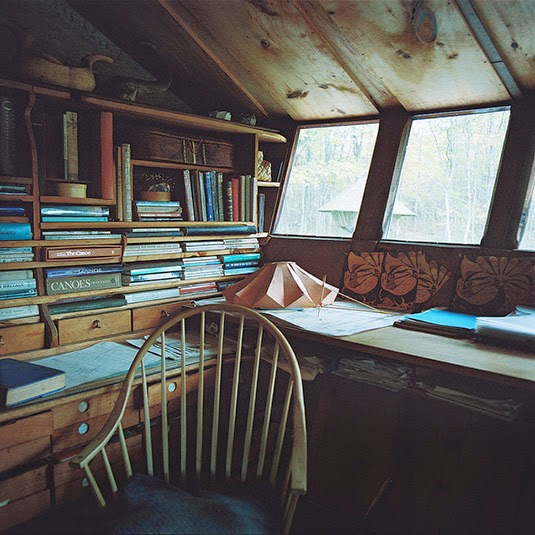
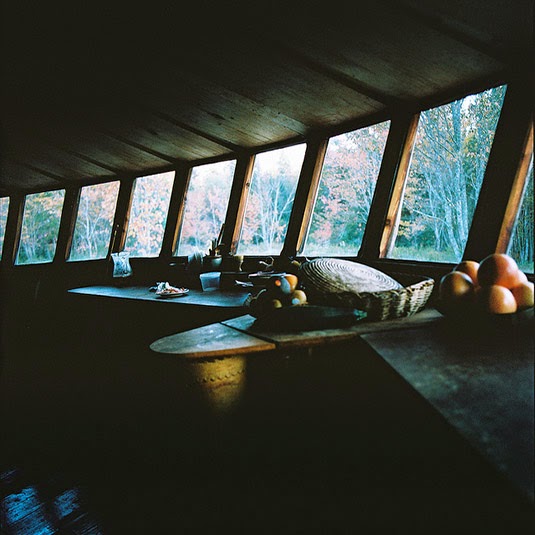 [Images: Photo by A. William Frederick].
[Images: Photo by A. William Frederick].
They’re like handcrafted UFOs crossed with Robinson Crusoe in some scifi writer’s colony on the fractal outer coast of the country’s northern borderlands.
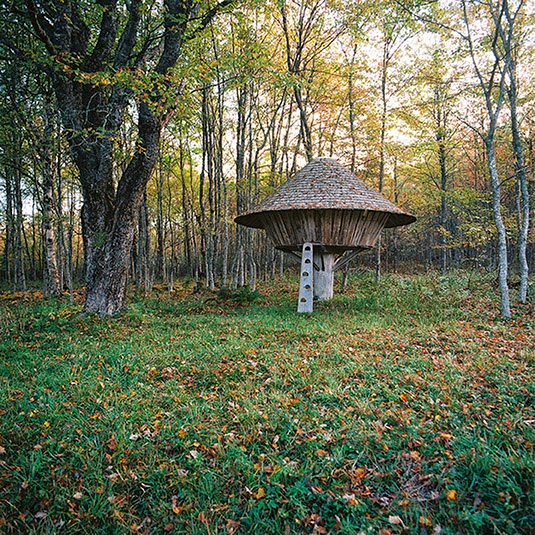 [Image: Photo by A. William Frederick].
[Image: Photo by A. William Frederick].
In any case, these are fantastic images, and Frederick’s blog is well worth a visit—let alone his portfolio website—if they catch your eye.
For example, and for example.
But, given these photos, the story of Coperthwaite himself, and Coperthwaite’s own specific spatial interest in the power of these buildings, this would all make a fascinating book; this 2007 publication is great, of course, but only a start. Princeton Architectural Press, take note!
(Thanks to Peter Smith and Nicola Twilley for the heads up!)

It's a good idea the controlled use of the working bee only in design objects.
I would like to see elements like lamps and furniture complements printed by bees!
an old yurt in Walton, Hants Co., Nova Scotia. Abandoned for many years, it is kept up by a tension cable inside just under the eaves.